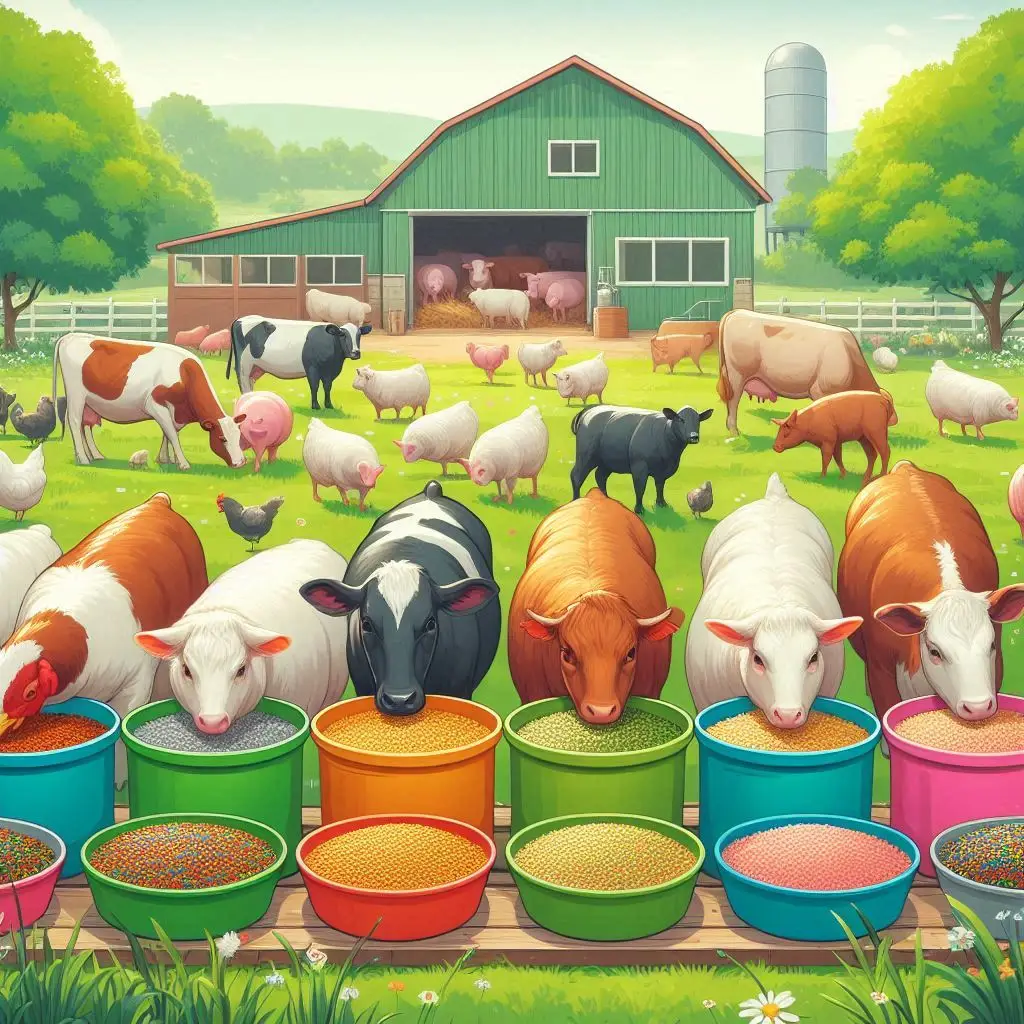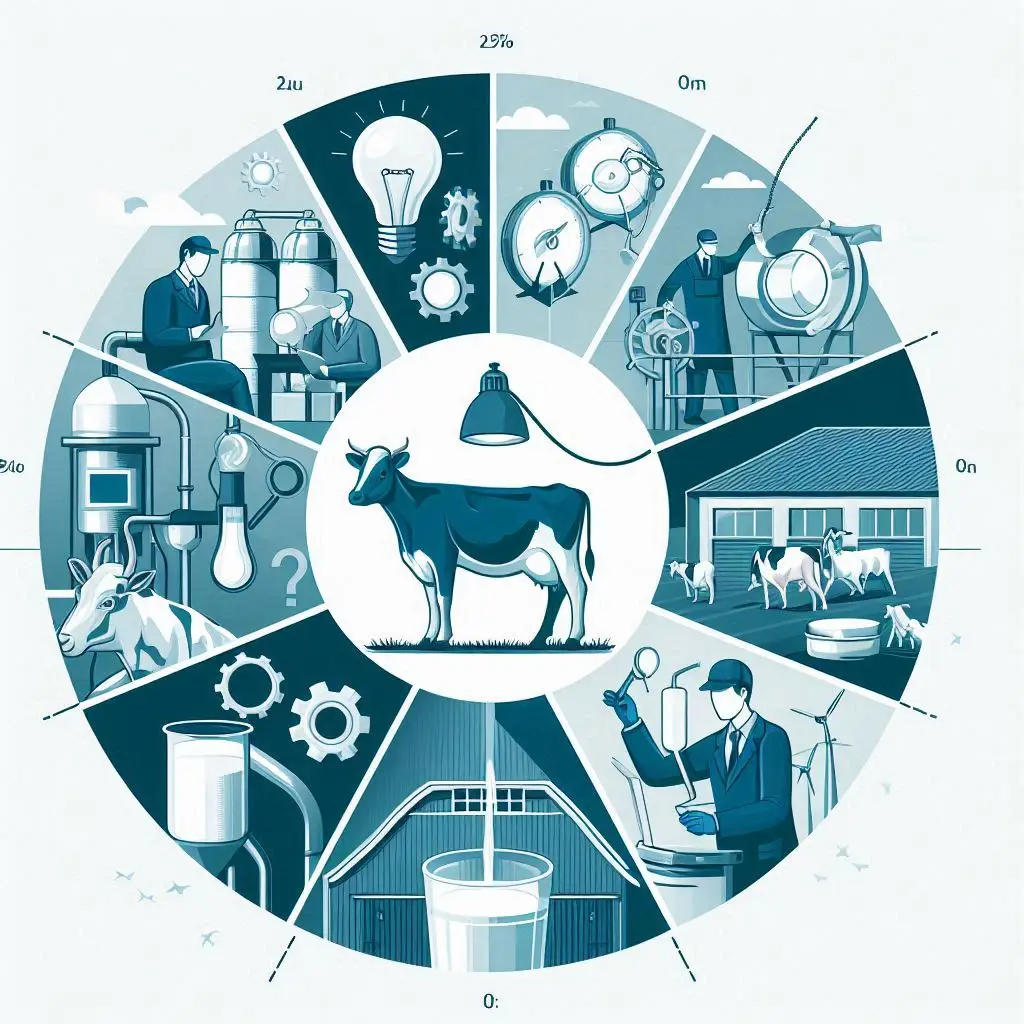Sheep development programmes taken up in India

Sheep farming plays a vital role in India’s agricultural landscape, contributing significantly to the livelihoods of rural communities. The country has implemented various sheep development programs aimed at enhancing productivity, improving genetic quality, and supporting farmers economically. This article will delve into the key initiatives, challenges, and future directions of sheep development in India.
Overview of Sheep Farming in India
Importance of Sheep Farming
Sheep farming is crucial for many rural households, particularly in arid and semi-arid regions. It provides multiple benefits, including:
- Income Generation: Sheep are a source of wool, meat, and milk, offering diverse income streams for farmers.
- Employment Opportunities: The sector creates jobs in farming, processing, and marketing.
- Sustainable Livelihoods: Sheep are well-suited to harsh climates, making them a reliable source of income for marginalized communities.
Current Status of Sheep Farming
India is home to a vast diversity of sheep breeds, each adapted to specific regional conditions. The sheep population is concentrated in states like Rajasthan, Jammu & Kashmir, and Gujarat. However, the productivity of Indian sheep remains lower than that of sheep in more developed nations. Factors contributing to this include inadequate grazing resources, disease prevalence, and insufficient genetic improvement efforts.
Key Sheep Development Programs
1. Establishment of Research Institutions
The Indian Council of Agricultural Research (ICAR) has established several research institutions, such as the Central Sheep and Wool Research Institute (CSWRI) in Rajasthan. These institutions focus on:
- Research and Development: Conducting studies on sheep genetics, health, and wool production.
- Training Programs: Offering training to farmers on best practices in sheep husbandry.
2. Breeding Programs
A variety of breeding strategies have been implemented to improve sheep productivity. These include:
- Cross-Breeding: Indigenous breeds are cross-bred with exotic breeds to enhance wool quality and meat production.
- Selection Programs: Farmers are encouraged to select superior animals for breeding to improve overall herd quality.
3. Health Management Initiatives
Health coverage is critical for maintaining sheep productivity. Programs include:
- Vaccination Drives: Regular vaccination against common sheep diseases helps reduce mortality rates.
- Parasite Control: Farmers receive support for anti-parasitic treatments to combat internal infestations.
4. Cooperative Societies
Establishing sheep and wool producers’ cooperative societies empowers farmers. These societies provide:
- Financial Assistance: Share capital is offered to help farmers set up and sustain their operations.
- Training and Resources: Farmers gain access to training on scientific sheep husbandry and wool production techniques.
5. Mechanical Wool Shearing
The introduction of mechanical wool shearing has revolutionized wool production. Benefits include:
- Increased Efficiency: Mechanical shearing is faster and reduces the labor burden on farmers.
- Improved Wool Quality: It enhances the staple length and overall quality of the wool, leading to better market prices.
6. Subsidy Schemes
Various subsidy schemes support sheep farming, particularly for marginalized communities. These include:
- Financial Aid for Ewes: Subsidies are provided for purchasing ewes and establishing sheep units.
- Support for Women: Special programs target women self-help groups to encourage their participation in sheep farming.
7. Conservation of Indigenous Breeds
Efforts are underway to conserve endangered indigenous sheep breeds. This includes:
- Breeding Programs: Focused on increasing the population of native breeds like the Magra and Pugal.
- Awareness Campaigns: Educating farmers about the importance of preserving genetic diversity.
8. Advanced Reproductive Technologies
The adoption of advanced reproductive technologies is gaining momentum. Techniques such as:
- Artificial Insemination: Allows for controlled breeding and genetic improvement.
- Embryo Transfer: Enhances the reproductive efficiency of superior breeding stock.
Challenges Facing Sheep Development
Despite the progress made, several challenges persist in the sheep farming sector:
1. Low Productivity
The productivity of Indian sheep remains low due to:
- Limited Grazing Resources: Overgrazing and land degradation have reduced available pasture.
- Health Issues: Diseases and parasites significantly impact sheep health and productivity.
2. Lack of Awareness
Many farmers lack knowledge about modern sheep husbandry practices. This leads to:
- Inefficient Management: Traditional practices often result in lower productivity and profitability.
- Resistance to Change: Farmers may be hesitant to adopt new techniques due to cultural beliefs or lack of trust in modern methods.
3. Market Access
Access to markets is a significant barrier for sheep farmers. Challenges include:
- Price Fluctuations: Farmers often face volatile prices for wool and meat, affecting their income stability.
- Limited Infrastructure: Poor transportation and storage facilities hinder market access.
Future Directions for Sheep Development
To enhance the sheep farming sector in India, several strategies can be implemented:
1. Strengthening Research and Development
Investing in research will lead to:
- Innovative Solutions: Developing new breeds and health management practices tailored to local conditions.
- Training Programs: Expanding educational initiatives for farmers to improve their knowledge and skills.
2. Promoting Sustainable Practices
Encouraging sustainable farming practices will help:
- Conserve Resources: Implementing rotational grazing and improved pasture management can enhance land productivity.
- Enhance Resilience: Sustainable practices will make sheep farming more resilient to climate change.
3. Enhancing Market Linkages
Improving market access is crucial for farmers. Strategies include:
- Cooperative Marketing: Encouraging farmers to form cooperatives for better bargaining power.
- Value Addition: Promoting processing of wool and meat to increase profitability.
4. Government Support
Continued government support is essential for the growth of the sheep sector. This can involve:
- Policy Frameworks: Developing policies that prioritize sheep farming and provide necessary resources.
- Financial Assistance: Offering loans and subsidies to support farmers in adopting modern practices.
Conclusion
Sheep farming in India holds significant potential for improving rural livelihoods and contributing to the agricultural economy. Through targeted development programs, research initiatives, and government support, the challenges faced by the sector can be addressed. By focusing on productivity, sustainability, and market access, India can enhance its sheep farming sector, ensuring it remains a vital component of the rural economy for years to come.
For more pearls of Vets Wisdom:
https://wiseias.com/partitioning-of-food-energy-within-animals/






Responses